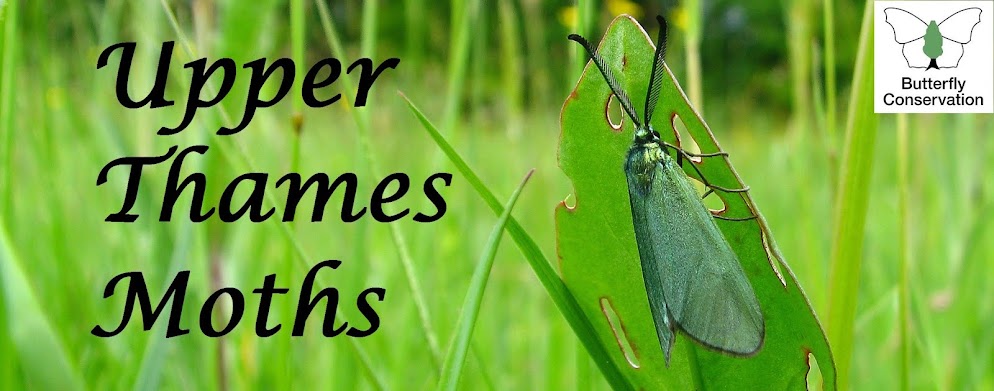A completely new interest for me. I've been out today looking for mines and the leaf below (Silver Birch) has a tenanted mine. Larvae is whitish with darker head. Whilst it may well not be possible to identify to species, I'd be interested in any advice, in particular, reading or websites, that deal with leaf mines. Presumably, if I store this leaf (how I wonder?) then eventually the moth will emerge, in spring sometime...
Any help or advice would be appreciated.


Hello Nic,
ReplyDeleteThe most important thing when looking at mines is to correctly name the food-plant, so you need good tree/plant identification skills. If that isn't done correctly then getting an accurate ID for a mine is almost impossible. I'm generally OK with trees and shrubs but I tend to steer clear of the herb layer where my skills are lacking!
The second thing concerns photographs. To see the important constituents of a mine, in particular for corridor miners like the one you've illustrated above, you need a back-lit image so that the shape of the corridor, the frass pattern and the larva itself (if present) are all clearly visible. This can be done in different ways. Some people use a scanner but I simply tape the leaf to the inside of a window then photograph it looking out (with the flash off). An image of the entire leaf can be very useful indeed to give context and to help ensure that the food-plant has been correctly identified, but you can also then crop it to show just the mine. In many cases I don't even think about trying to identify a mine until I've got the image of it in front of me on the computer screen.
You need to remember that moths aren't the only leaf-miners. Some species of fly, saw-fly and beetle also mine leaves in their early stages but you'll soon get used to their different signs.
There are books and websites to help. Amongst the links given below the Blog Archive on the right hand side of this page is "British Leaf-mines" which should be your go-to site in the first instance. I'd recommend reading all the way through the introduction under its "Mine-keys" tab. If you wish you can download and print off the key which you can then carry around with you as you look for mines. The key doesn't include everything that's available on the web-site but most of those mines you are likely to find are listed. As to books, I'd very much recommend Ben Smart's "Micro-moth Field Tips" booklet (ISBN 978-1-9997312-0-5) which, although it is aimed at recorders in Lancashire and Cheshire and doesn't just cover leaf-miners, gives details of species which are found all over the UK so is just as relevant to us here in Bucks, Berks & Oxon. Copiously illustrated, it is divided into 12 chapters, one for each month of the year, and gives you advice on how to go about looking for species in each of them.
Finally, going just by the general shape of the mine on your leaf above because I can't see the larva you mention, it appears to be that of Lyonetia clerkella. This moth is the "exception to prove the rule" in that, unlike most leaf-miners, it will use almost any tree or shrub species - one to get used to early on because it is VERY common!
Thank you very much Dave for such a comprehensive answer. I really appreciate it. I'll see if I can get hold of the booklet you mention. It's clearly and complex and fascinating subject!
ReplyDeleteRegards,
Nic.